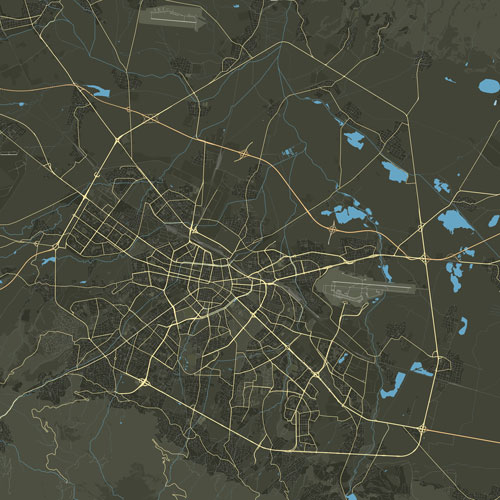They call Elena the Bulgarian Bethlehem” because it was the only one of our cities during the Renaissance to have not one but three churches: Saint Nicholas”, “Assumption of the Blessed Virgin”, “Nativity of the Holy Virgin”.
The most common legend about the establishment of the settlement is the dramatic story of the newlyweds Elena from the village of Kapinovo and Samuil from Tvarditsa. Robbers attacked the wedding in the place where Elena is today and killed them. The girl was buried in the area of Krasta, and Samuil was buried at the end of the current city – in a place that is still called Samuilets today. The bride’s grieving parents decided to stay here forever and founded a city they named Elena.
During the Ottoman rule, Elena became a rich village, because its inhabitants, in return for the obligation to guard the passage from Tvarditsa to Tarnovo, were exempted from taxes. In the second half of the 18th century, crafts also developed rapidly. The people of Elen built nice massive houses, built temples, bridges, water pipes and fountains. Of all this wealth, a lot has survived today – 147 buildings, declared cultural monuments, of which 7 are of national importance.
Five of them form the architectural-historical complex Daskalolivnitsa. The main symbol of Elena is precisely the Daskalolivnitsa building – built in 1844 for the needs of the first Bulgarian grade school, founded by Ivan Nikolov Momchilov, a noted teacher, translator and author of many textbooks and manuals .She is also present in the coat of arms of Elena. Its symbol is the feather, which shows the alert spirit of the people of Elen, their need for knowledge and the desire for enlightenment. A number of future teachers and political figures, who later play an important role in the enlightenment of our people and the rise of the Bulgarian state, receive a good education there. The Deer School sends its graduates as teachers to 61 cities and 31 villages.
This is also the occasion for Petko Rachov Slaveikov, who also graduated from it, to give it this somewhat unusual but expressive name “Daskalolivnitsa” or “place for casting daskalis”! In the two-story building you can see many curious things: the classrooms and the teacher’s room .
1812 year by an unknown master. possibility to stay overnight. It is curious that the clock mechanism and the bell, cast in Gabrovo, paid for by “Feizi aga from Tarnovo. Pop-Nicola’s house” is one of the most characteristic in Elena. But a real shrine of the city is the church of Saint Nicholas”, which was a book repository, a bridge between the Tarnovska book school and Elena.
It is known that many old manuscript books written on parchment were stored in it, a large part of which burned during the Kardzhalian invasion in 1800, together with the church. Residents of Elena restored it without permission for 40 days, plastered the walls from the outside with lime and coal dust so that it resembled an old Beglik threshing floor, and in this way misled the representatives of the authorities who came to inspect it.
Of great artistic value are its frescoes, the wooden iconostasis of the bishop’s throne. The story of the Church of the Nativity of the Blessed Virgin Mary is similar.” In this place in 1812, a chapel was erected, by placing mangers and tying horses in it, in order to save it from destruction. After a fire destroyed its woven walls, the young Trevna craftsman Kolyo Petkov, a student of Kolyo Ficheto, started the construction of the current temple and completed it in 1865.
Work time:
Monday – Friday: 8.30 – 17.30
Saturday: 9.30 – 16.30
Sunday and public holidays: 9.30 – 13.30
Entrance fees:
Adults – BGN 3.
Children under 7 years – free.
Students – BGN 2.
Pensioners – free.
Contacts:
Address: Elena, 1 Tserkovna St
Tel: +359 6151 61 29

